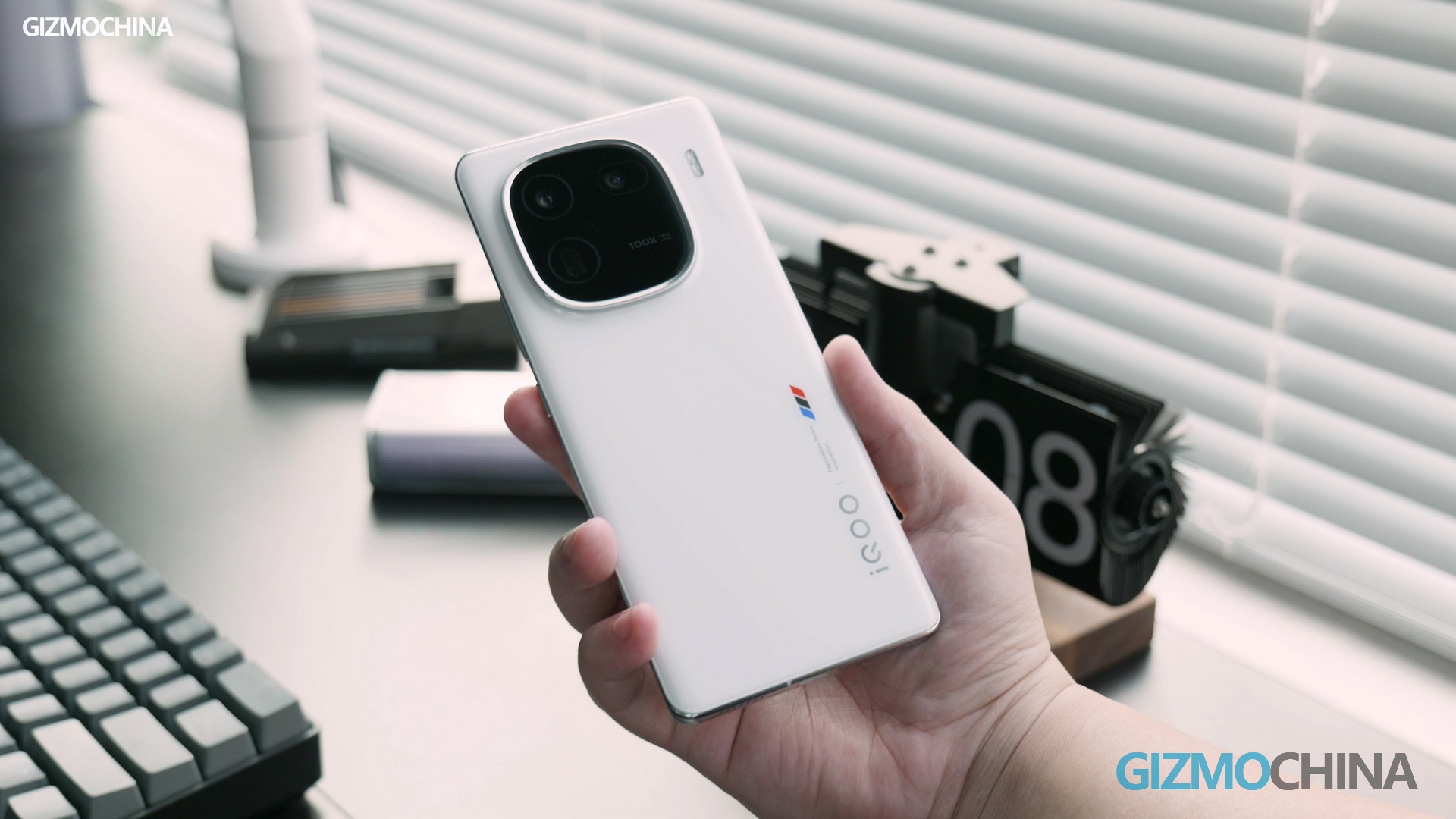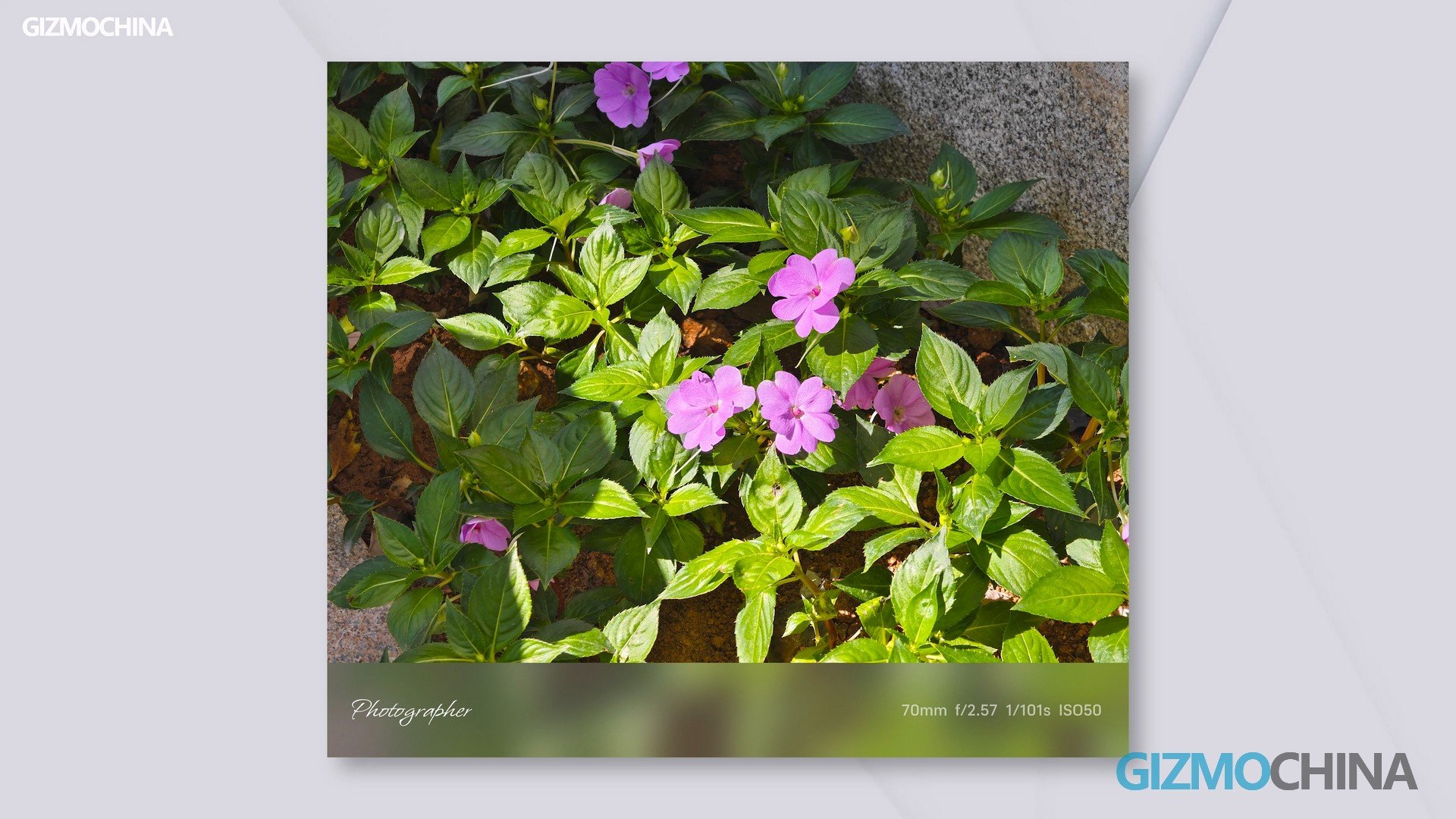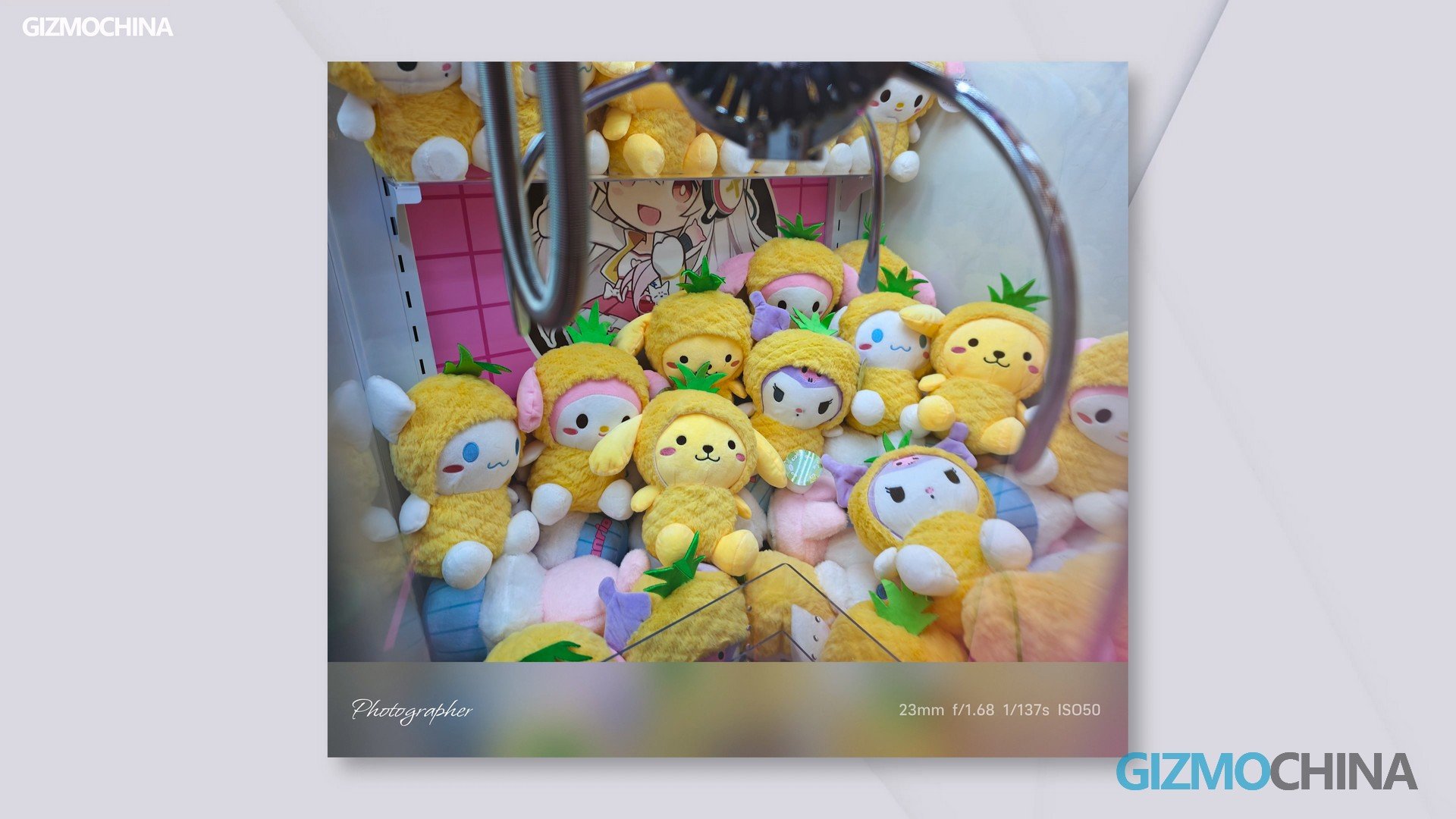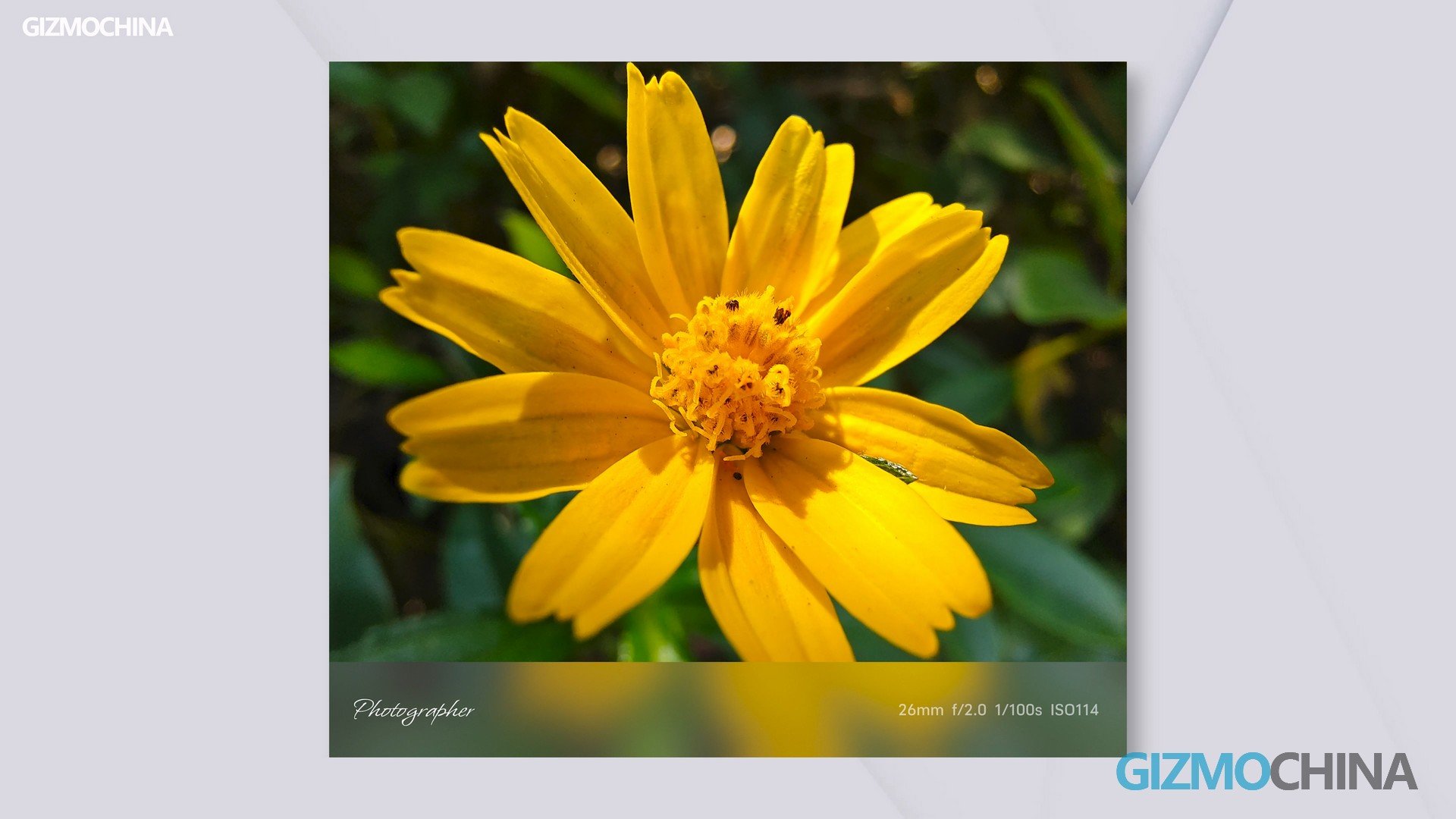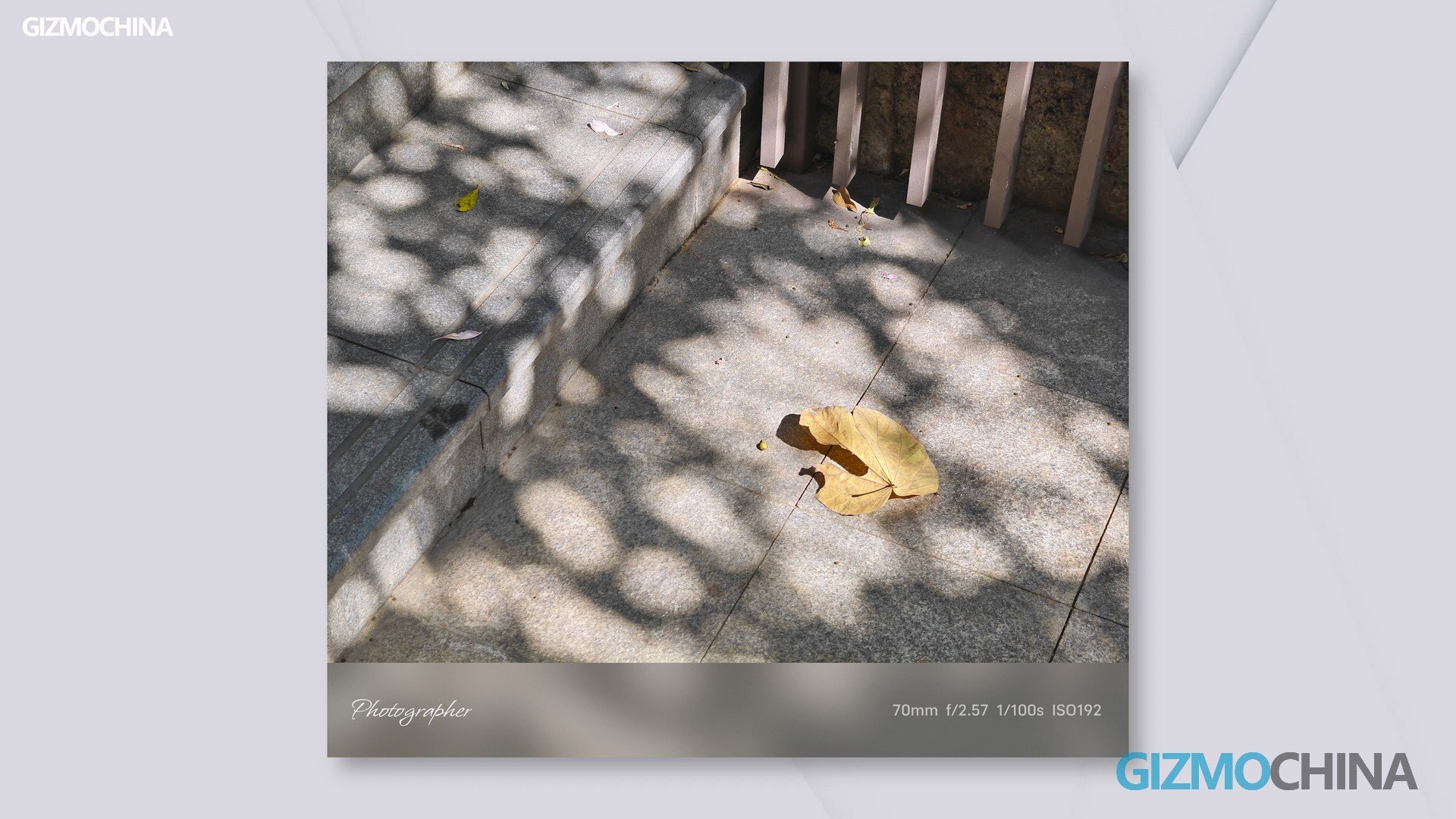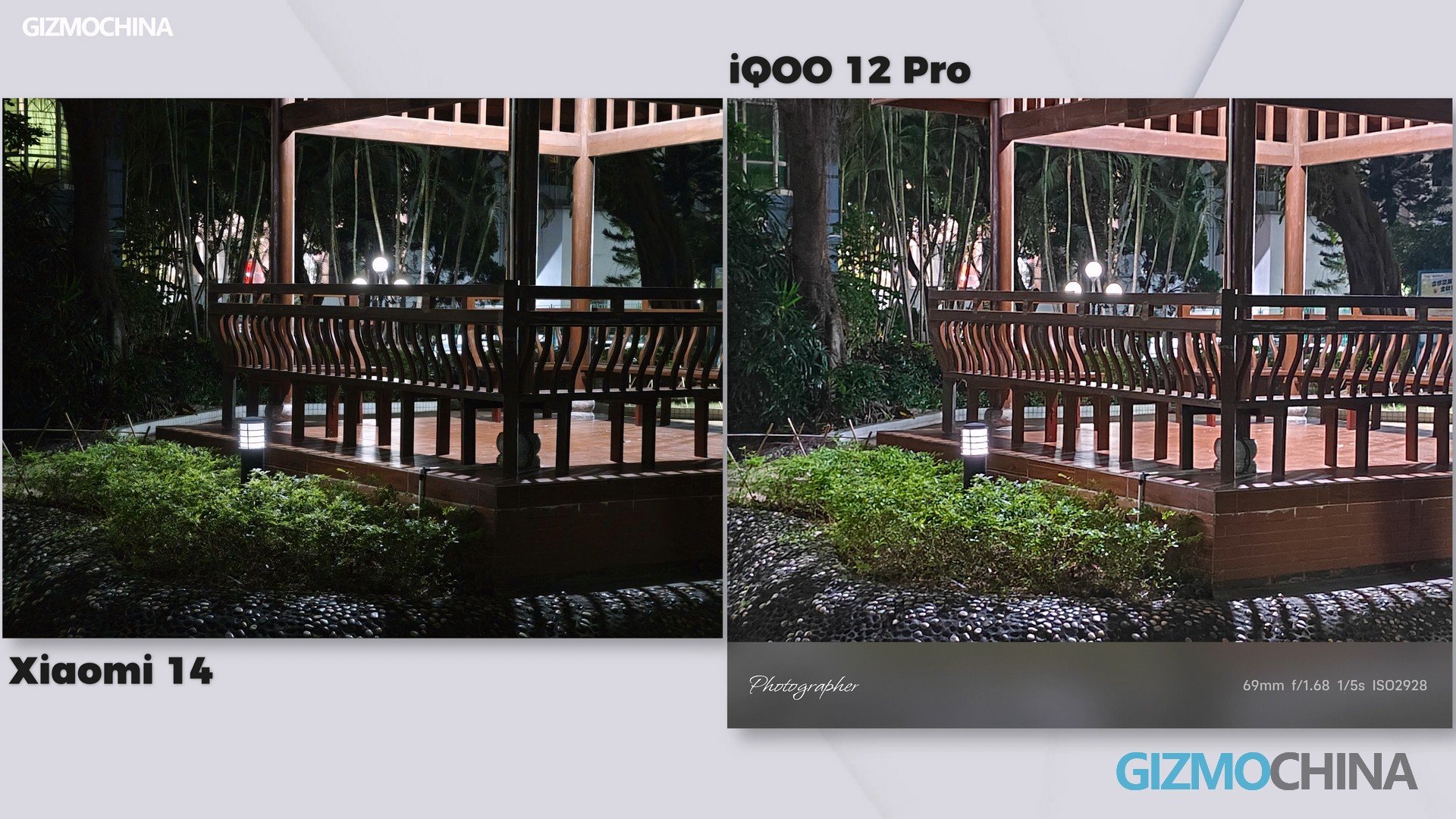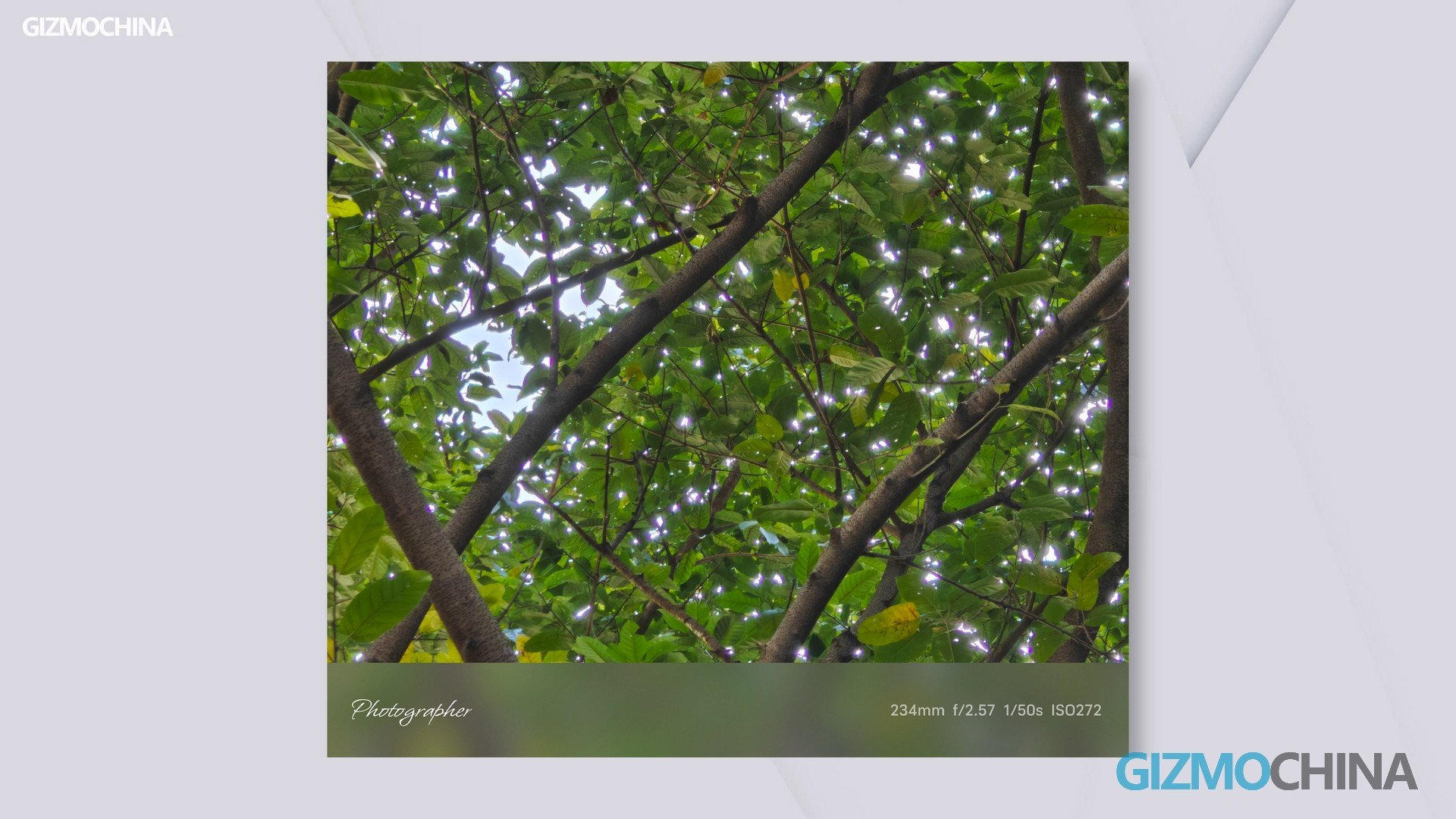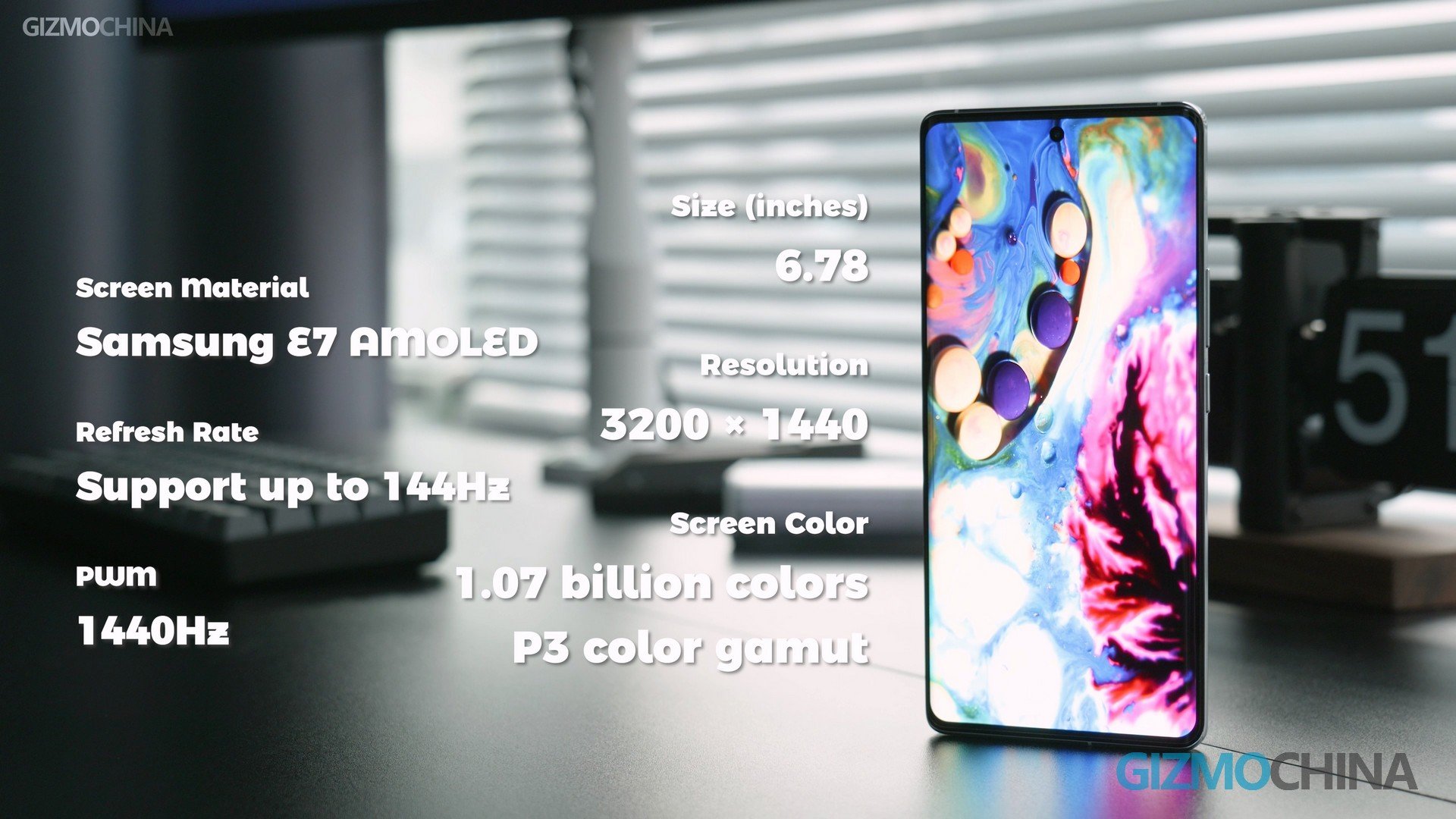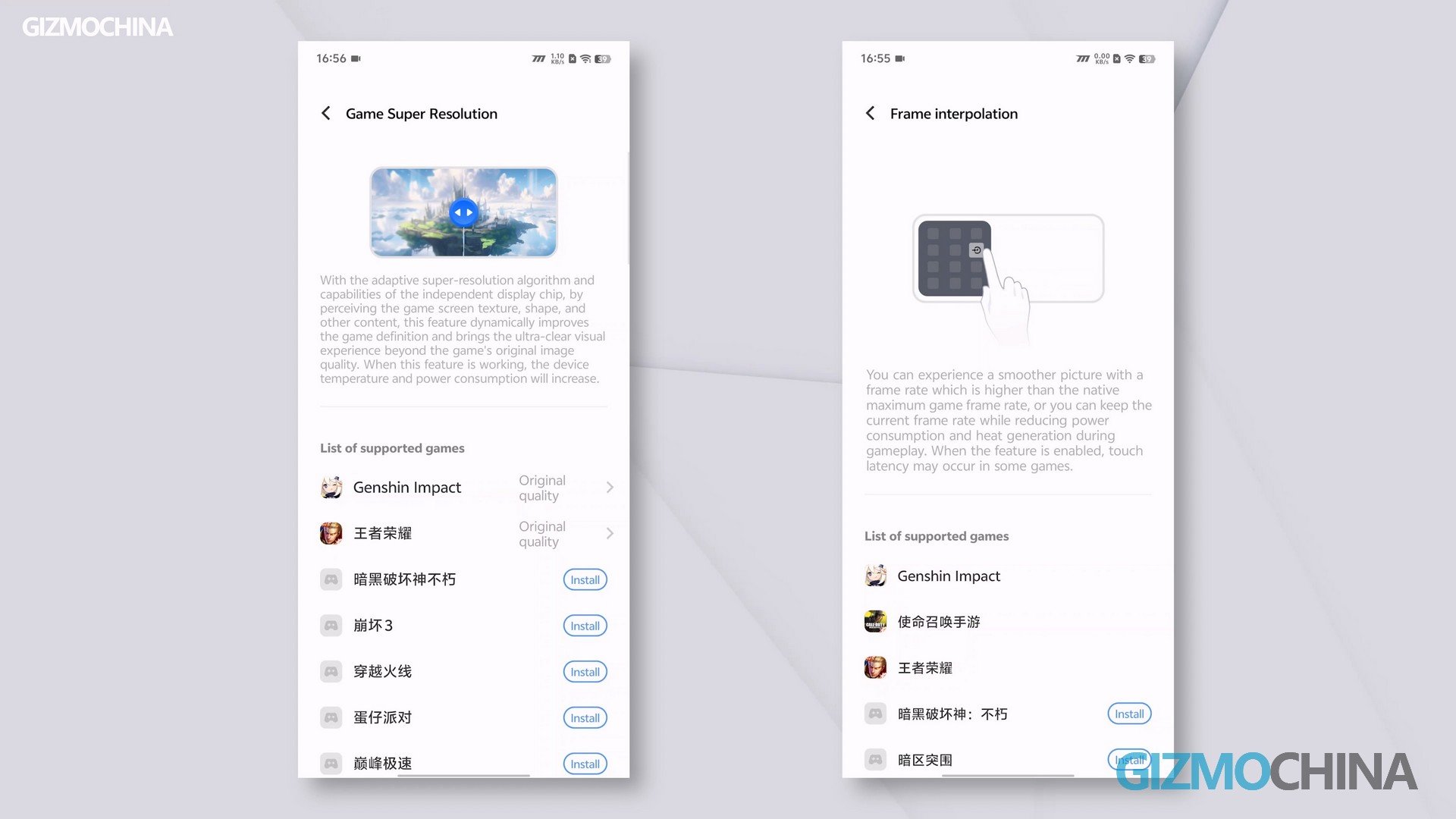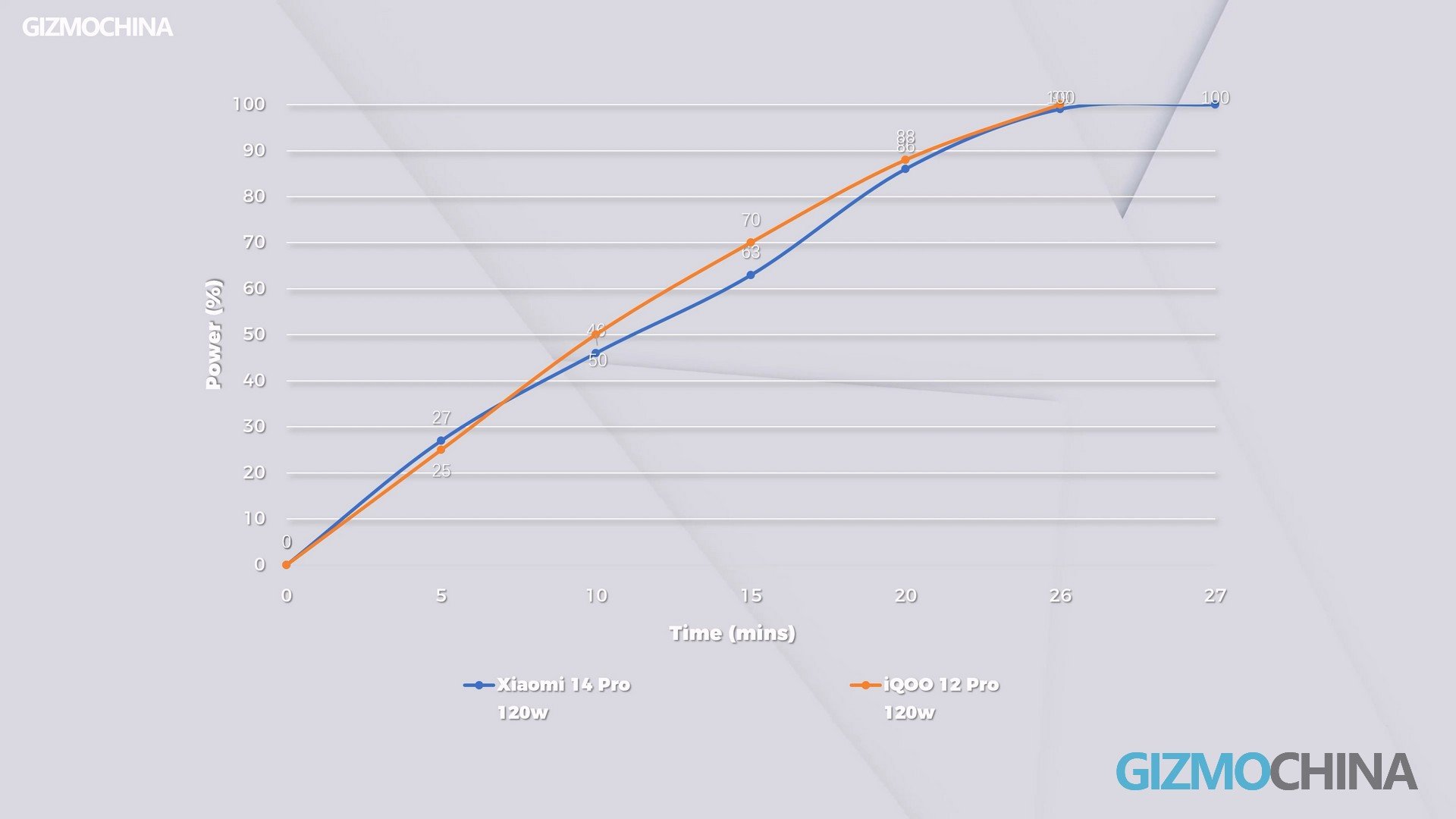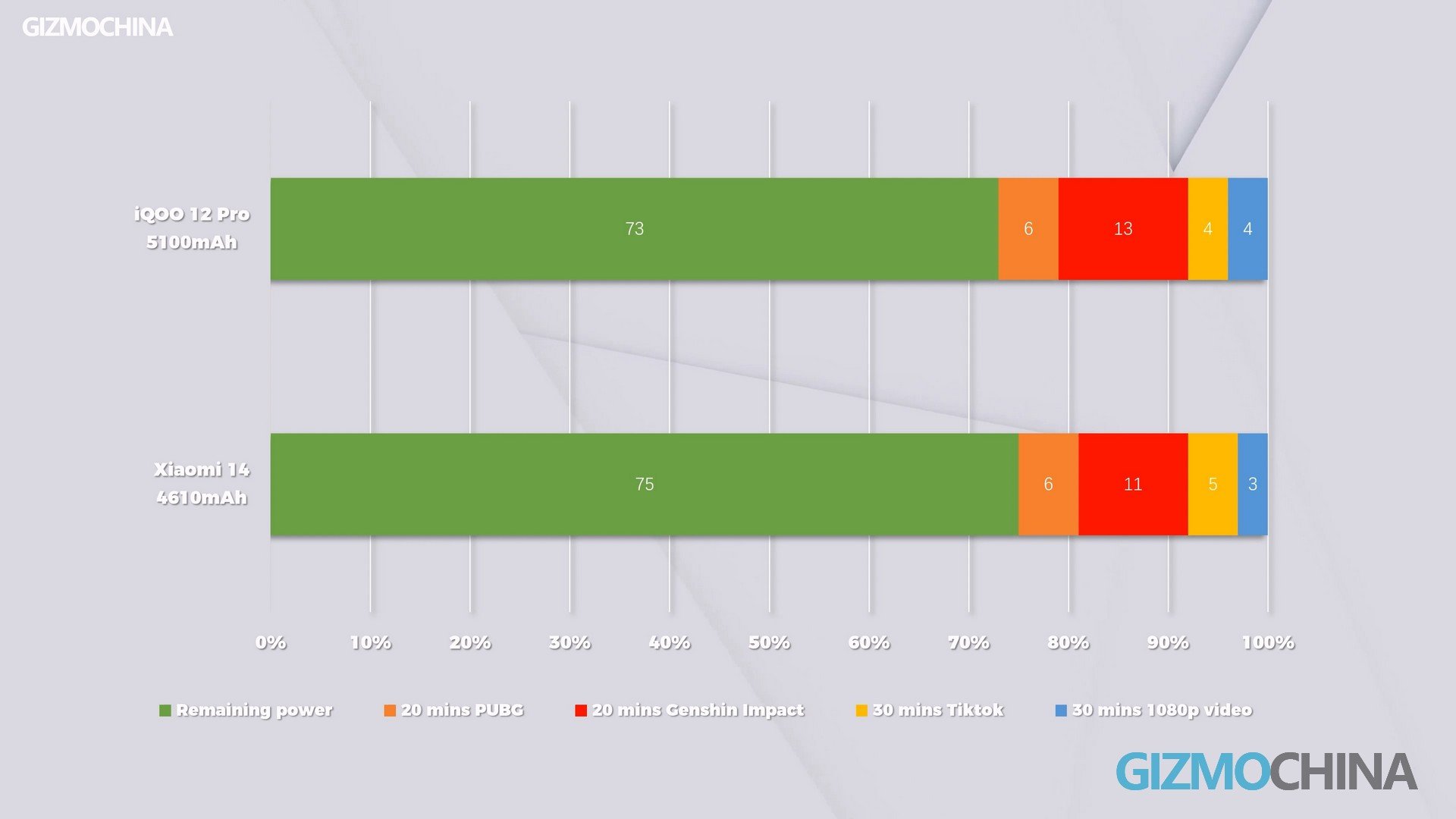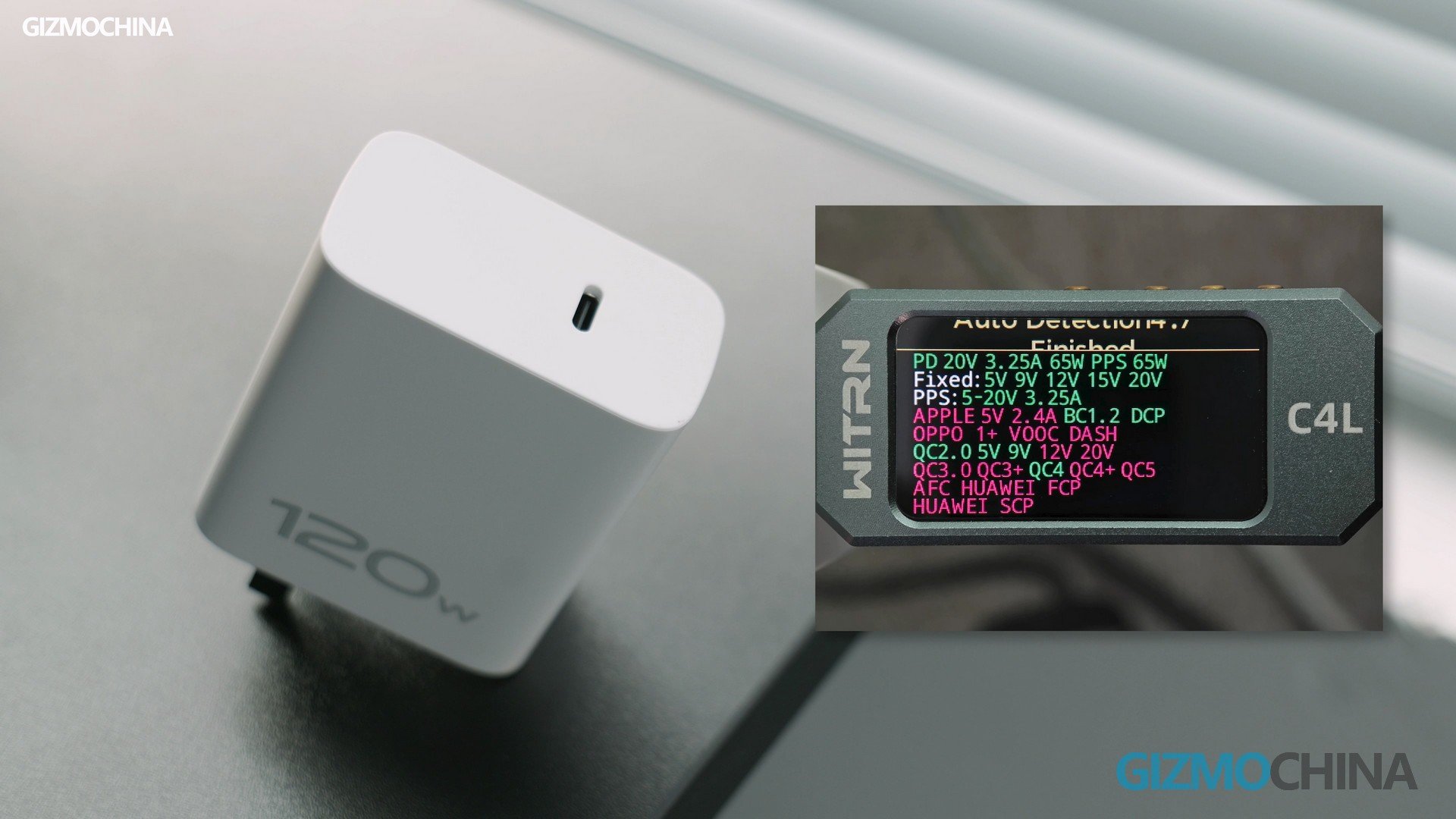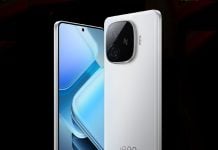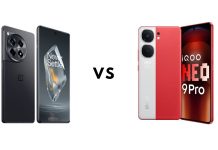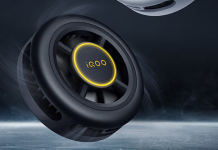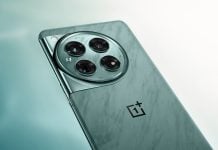As a sub-brand of Vivo, iQOO has always focused on making high-performance gaming phones. But it seems that iQOO realized it’s not enough to just please gamers, so their phones have slowly changed from being biased towards gamers to more towards the normal person. This iQOO 12 Pro, instead of being a gaming phone, it’s more like a regular phone that’s better suited for gaming. It may be a bummer for gamers, but it does get better for more people.
Design
First of all, this new look is much better than before. Unlike previous iQOO phones, its camera module has become much more rounded, making this phone a lot gentler. If the logo was blocked out, I would never have guessed this was a new iQOO phone. I would say this new design will get a lot of non-gamers interest, and it’s definitely one of the best upgrades to the iQOO 12 Pro.
I’m also happy for the iQOO flagship phone which finally supports IP68, and the IR emitter is still on the top, but USB 2.0 makes me not so happy. I know that people probably don’t use USB to transfer data very often anymore, so you don’t really care if it’s 2.0 or 3.0. But for the same price, other phones have USB 3.0 already. I just don’t get it, why should normal consumers like me and you should suffer this?
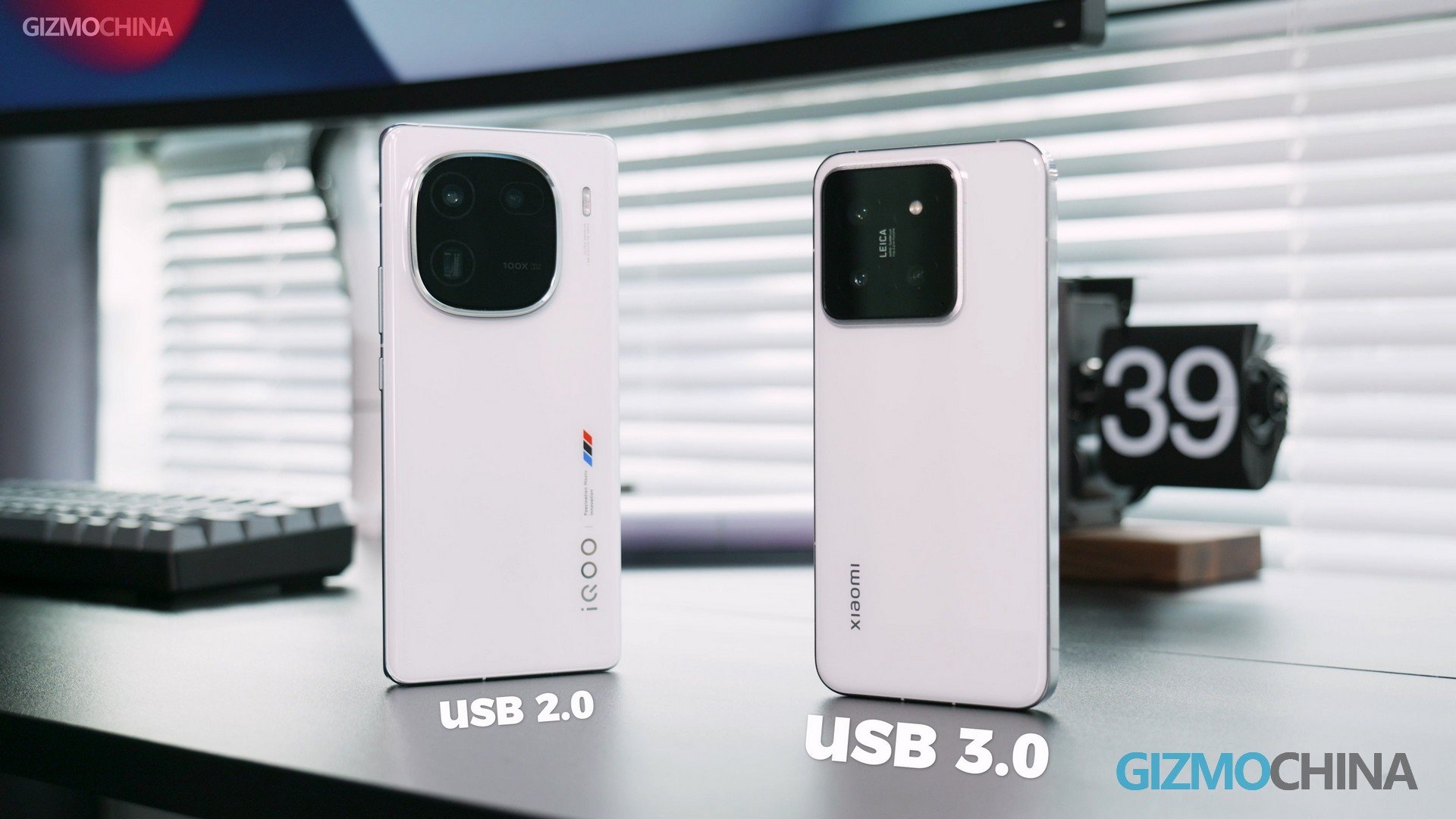
Camera
Normally we don’t talk much about the camera on “gaming phones”, but this time it’s different. 12 Pro’s camera is already at a very good level. At least when we look at the specs, it’s a bit better than the Xiaomi 14 Pro at the same price range.
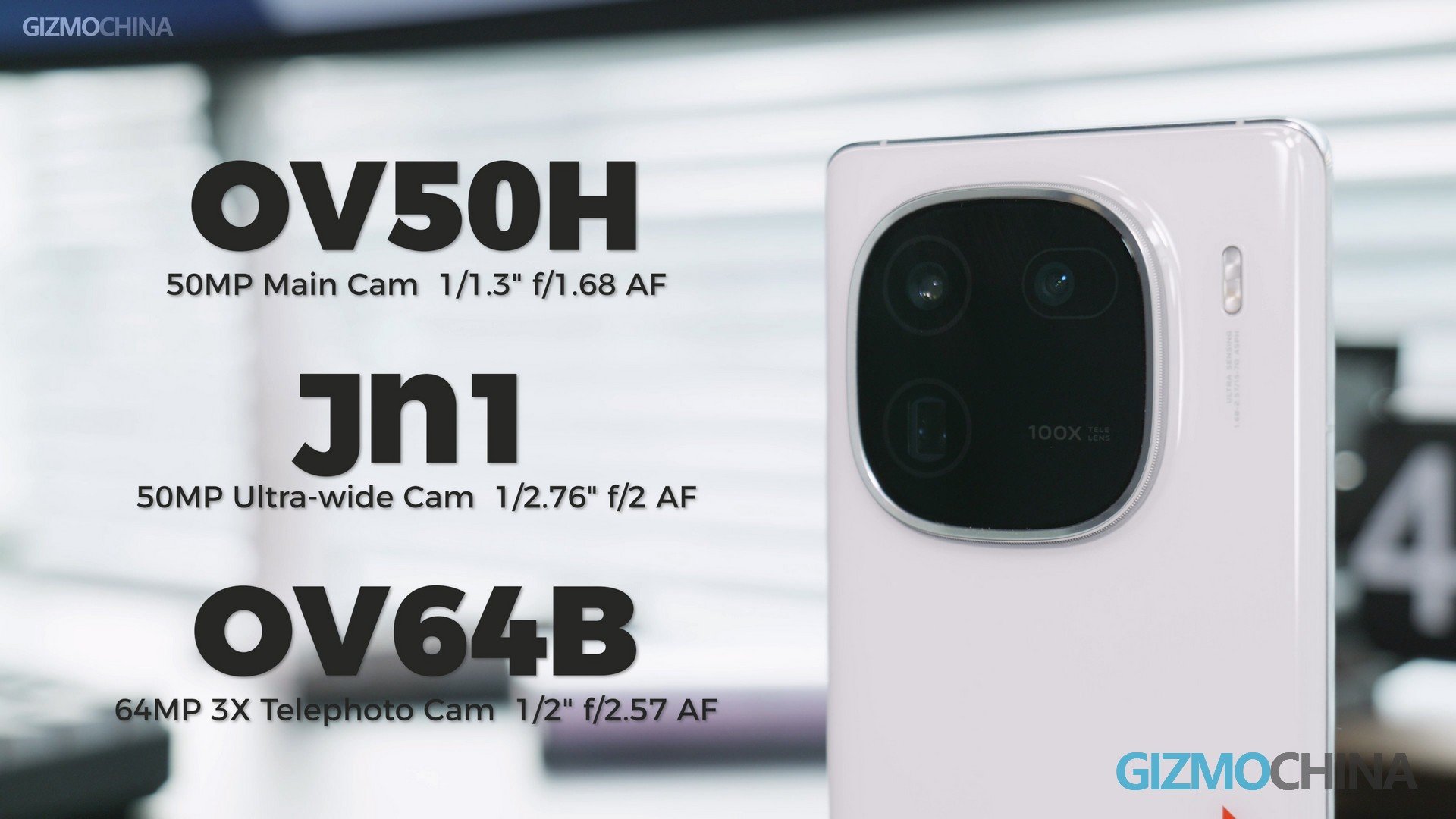
There are no well-known camera brands in this, but the color style is quite pleasing. The dynamic range of all three cameras is excellent, and there are no signs of over-sharpening. The iQOO 12 Pro is really handy when it comes to taking photos of food and pets, it’s a huge improvement over its predecessor.
Especially in macro mode, you can choose to use the ultra-wide camera to get close enough to take detailed photos. Or, you can choose to take photos with a telephoto focusing distance of 15cm. The benefit is of course that you can get a shallower depth of field. And I can’t believe that iQOO phones can actually switch between three lenses in 4K recording one day. The camera system on this iQOO 12 Pro is totally good enough for most people.
But as an expert in mobile photography, the iQOO 12 Pro still leaves a lot behind. For example, the front-facing camera still only records 1080p 30fps video and doesn’t have any image stabilization. So Vloggers will have to say goodbye to the iQOO 12 Pro.
There’s also an old problem from the Vivo family: you can’t use the telephoto camera in very low light. If you zoom in to 3x, it’ll shoot the object with the main camera and then do some cropping, instead of shooting like the real telephoto camera. I don’t understand why iQOO just won’t let me use this telephoto camera. The Xiaomi 14, which clearly has a smaller sensor, can do that without any problem.
Also, for example, it will be cooler when shooting yellow objects, and the purple-fringing issue with telephoto lenses has not been resolved. It seems that the iQOO 12 Pro still has some gaps compared to the main photography phones.
Display
The iQOO 12 Pro’s screen gets the usual upgrade from Samsung’s E6 panel to the E7. The biggest change is that the HDR window’s maximum brightness has almost doubled. It’s still 1440Hz dimming at low brightness, but you can go to developer mode and change it to DC-like dimming mode.
If you bought the iQOO 12 Pro and feel like the screen isn’t quite as sharp as it should be, it’s because the default resolution is 1080p, so remember to go to Settings and change it to UHD.
The screen itself is nothing much I can complain about, but I do have a bit of a gripe about the fingerprint recognition. It’s still ultrasonic recognition though, and it works pretty well. But the 12 Pro is definitely a step back from the super large fingerprint recognition of the iQOO 11 Pro.
Benchmark & Gaming
You never need to worry about the performance of an iQOO phone, as the 12 Pro uses Snapdragon 8 Gen 3 as expected. all the stats are in line with the normal 8 Gen 3 performance which is great.
I would have expected the iQOO 12 Pro to completely conquer the Genshin Impact because a smaller phone like the Xiaomi 14 has almost done it. But in reality the iQOO 12 Pro isn’t that much better, it is better in stability, but at the cost of higher power consumption.
They all look pretty much the same, so why we would say iQOO 12 Pro focuses on performance, the answer is the self-developed Q1 chip in the phone, which improves the smoothness and resolution of your games. While I think it’s a great feature, I don’t think it’s going to be useful for non-Chinese users. Most of the games that support this feature are Chinese games, maybe the only one you guys will play is Genshin Impact.
Battery & Charging
The iQOO 12 Pro is no longer the 200W charging monster it once was, but you can’t be too critical with 120W. 26 minutes to fill up should be more than most people need. And it has wireless charging, which is fantastic. One thing I really like about iQOO: their charger always with USB-C port and supports PD 65W charging, I urge all brands to learn from it! Even the 12 Pro has a super large battery, it lasts about as long as any other phone IF you play a lot of big games.
Conclusion
As you can see, the iQOO 12 Pro doesn’t look like what we call a “gaming phone”. As the title says, it has a powerful performance but looks so elegant. It’s similar to the Xiaomi 14 Pro, with photography first, and performance second. Whereas the iQOO 12 Pro is all about gaming and then the photos are pretty good too. Which one to choose depends on whether you prefer photography or gaming.

